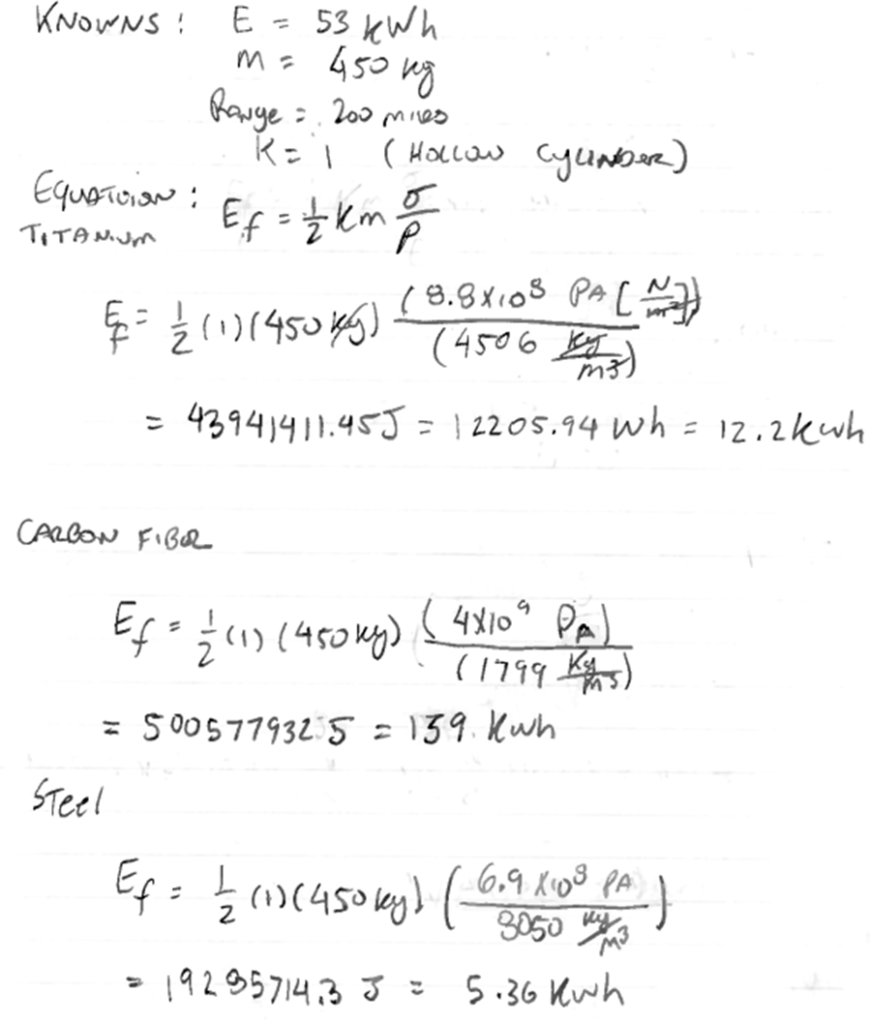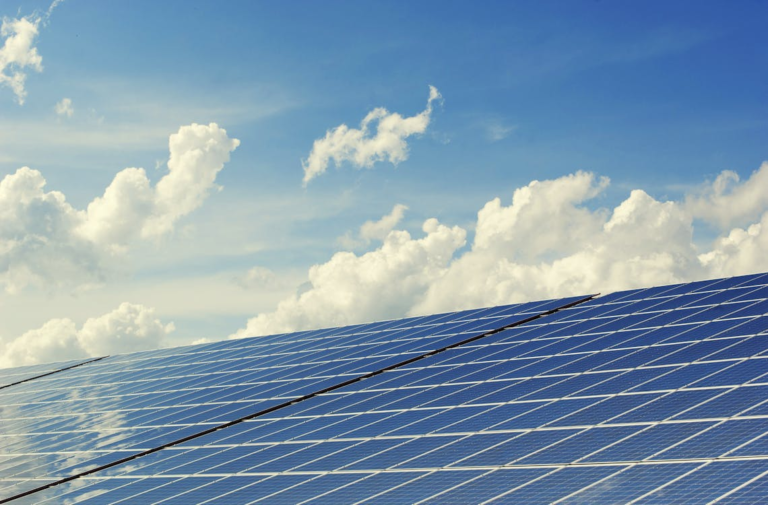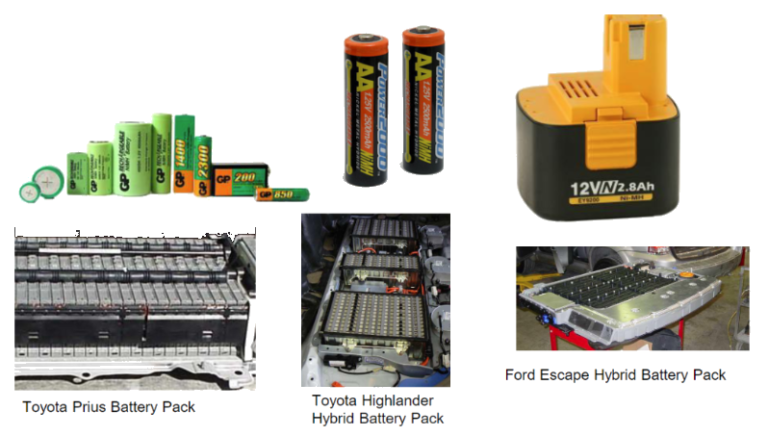Energy Storage Explained
Energy storage refers to the process of capturing energy generated at one point in time for later use, helping to balance disparities between energy demand and production. Devices designed for this purpose are commonly known as accumulators or batteries. Energy storage entails converting energy from less manageable forms into more easily stored and economically viable forms.
Energy storage systems allow energy consumption to be separated in time from the production of energy, whether it be electrical or thermal energy. From powering our homes to propelling our vehicles, energy storage plays a crucial role in our daily lives. But what exactly is energy storage, and how does it work? In this article, we dive deep into the world of energy storage, exploring various methods and technologies that make it possible.
What is Energy Storage?
Energy storage is the process of capturing energy produced at one time for use at a later time. It allows us to store excess energy generated from renewable sources, such as solar and wind, and use it when the sun isn’t shining or the wind isn’t blowing. This helps to stabilize the electric grid and reduce the need for fossil fuels.
The history behind energy storage
In the 20th century, electricity was mainly generated by burning fossil fuels, with hydropower being the primary mechanical energy storage method. However growing concerns over pollution and global warming have driven the adoption of renewable energy sources like solar and wind power, despite their intermittent nature.
As renewables play a larger role, interest in energy storage has grown to manage their variability. In the 21st century, off-grid electricity use has expanded, as seen in the widespread use of portable devices and solar panels in rural areas. Access to electricity now hinges more on economic viability than technical feasibility, and electric vehicles are gradually replacing combustion-engine vehicles, though long-distance transportation without fuel remains a challenge.
Why do we need to store the energy?
Energy storage is crucial for several reasons:
- Balancing Supply and Demand: Energy demand is not constant and can vary throughout the day. Energy storage allows us to store excess energy when demand is low and release it when demand is high, helping to balance the grid and ensure a reliable energy supply.
- Integration of Renewable Energy: Renewable energy is often intermittent (like wind and sun), and storage allows use at a convenient time continuously.
- Backup Power: Energy storage provides a reliable source of backup power in case of grid outages or emergencies, ensuring continuity of power supply for critical infrastructure and services.
- Peak Shaving: Energy storage can help reduce peak demand on the grid by storing energy during off-peak hours and releasing it during peak hours, reducing the need for costly infrastructure upgrades to meet peak demand.
- Grid Stability and Resilience: Energy storage improves the stability and resilience of the grid by providing fast-response capabilities to fluctuations in supply and demand, helping to prevent blackouts and brownouts.
Overall, energy storage plays a critical role in modern energy systems, helping to improve efficiency, reliability, and sustainability.
Energy Storage Methods
There are several methods of energy storage, each with its unique advantages and disadvantages. One of the oldest and most common methods is pumped storage, which involves pumping water to a higher elevation when excess energy is available and releasing it through turbines to generate electricity when needed.
Another method gaining popularity is battery storage, which uses chemical reactions to store and release energy. Batteries come in various forms, from traditional lead-acid batteries to more advanced lithium-ion batteries used in electric vehicles and grid-scale applications. See a list of different types of energy storage methods below:
- Mechanical Energy Storage: a spring, or flywheel
- Thermal Energy Storage: a Brick storage heater
- Chemical Energy Storage: Biofuels
- Electrical Energy Storage: a capacitor
- Biological Energy Storage: Glycogen
- Electrochemical Energy Storage: a rechargeable battery
Flywheel Energy Storage
Flywheel energy storage (FES) is a fascinating technology that stores energy in the form of rotational kinetic energy. FES stores energy by spinning a rotor, or flywheel, at high speeds When energy is needed, the rotor’s momentum is used to drive a generator, converting the kinetic energy back into electrical energy. Most FES systems currently use electricity to apply torque to the flywheel either accelerating or decelerating the flywheel, though there is ongoing consideration for devices that directly use mechanical energy.

These systems feature rotors made of high-strength carbon-fiber composites, suspended by magnetic bearings, and spinning within a vacuum enclosure at speeds ranging from 20,000 to over 50,000 revolutions per minute (rpm). The flywheel can reach its maximum speed, or “charge,” in just minutes and is connected to an electric motor/generator combination. FES systems are known for their long lifetimes, often lasting decades with minimal maintenance, and for their high specific energy and power density.
The Science Behind Flywheels
The amount of kinetic energy stored in a flywheel is determined using the following equation:
Ef = 1/2 (Iω2)
where
- Ef = flywheel kinetic energy (Nm (Joule), ft.lb)
- I = moment of inertia (kg-m2, lb-ft2)
- ω = angular velocity (rad/s)
The moment of inertia depends on the mass of the rotor and its distribution relative to the axis of rotation. The higher the moment of inertia, the more energy the flywheel can store. The moment of inertia of a flywheel can be expressed as:
I = kmr2
where
- k = inertial constant – depends on the shape of the flywheel
- m = mass of flywheel (kg, lbm)
- r = radius (m, ft)
Inertial constants of some common types of flywheels
- wheel loaded at the rim like a bicycle tire – k =1
- Hollow Cylinder – k =1
- flat solid disk of uniform thickness – k = 0.5
- flat disk with center hole – k = ~0.3
- solid sphere – k = 2/5
- thin rim – k = 0.5
- radial rod – k = 1/3
- circular brush – k = 1/3
- thin-walled hollow sphere – k = 2/3
- thin rectangular rod – k = 1/2
Flywheel – strength of material
The strength of materials is also crucial in flywheel design, as the rotor needs to withstand high rotational speeds without deforming or breaking. Advanced materials such as carbon fiber are often used to make flywheels lighter and stronger.
The safe storage capacity of the rotor is determined by its threshold for warping or shattering. The design of a flywheel energy storage system heavily considers the hoop stress (tensile stress) on the rotor.
Flywheel Energy Storage: Sample Problem
The capacity of the typical Li-ion battery pack for the Tesla Roadster is 53 kWh with a mass of 450 kg, which accounts for roughly 200 miles of driving. Determine if a flywheel of similar mass can store energy equivalent to this battery. Assume the shape of the flywheel is a hollow cylinder. Find out which material in the following table can be used to fabricate the flywheel.


Pumped Storage: A Closer Look
Pumped storage is one of the oldest energy storage methods. During the night cheap electricity is used to pump water into the upper reservoir. It is then released during the day at peak times when it is more valuable. Pumped storage installations are capable of providing power for extended periods, from hours to several days.

Pumped storage is one of the most efficient methods of large-scale energy storage. It involves using excess energy to pump water from a lower reservoir to a higher reservoir. When energy is needed, the water is released back to the lower reservoir through turbines, generating electricity in the process.

When designing a pumped storage facility for a given capacity the two most important factors are: water volume and height. If the height is doubled, only half the water volume is needed for the same power capacity, see the equation below.

Where ‘p’ is the density of water, ‘g’ is the acceleration due to gravity, ‘h’ is the height drop, and ‘ɛ’ is the
efficiency of the turbines/pumps. Calculating the volume of water required for pumped storage involves considering factors such as the height difference between the reservoirs, the efficiency of the pump and turbine, and the desired energy output. Engineers use these calculations to design pumped storage systems that meet the needs of the grid.
Pumped Energy Storage: Example
A pumped storage facility is proposed for construction in the west of Ireland to store excess power generated from wind farms in the area. A potential location has been identified with a height of 250m between the upper and lower lakes. The latest Siemens turbines with an efficiency of 90% will be utilized in the construction. What volume of water is required to store 12GWh?

Pumped Energy Storage: Sample problem
Let’s consider installing a small, pumped storage system. The effective head of the installation is 25 feet. The simple inexpensive hydro turbo-generator that you intend to buy has a working efficiency of 60%.
(a) If the water would flow through the system at a rate of 50 cubic feet per minute, how much power can you generate with this system?
(b) The total nameplate (maximum continuous) generating capacity for this system is about 5 kW. At maximum capacity, what flow (𝑚3/𝑠) is required to generate its nameplate power?

Batteries: The Powerhouses of Energy Storage
Batteries are perhaps the most versatile form of energy storage, with applications ranging from portable electronics to grid-scale energy storage. Lithium-ion batteries, in particular, have revolutionized the energy storage industry, thanks to their high energy density and long cycle life.
Grid-scale battery storage systems are becoming increasingly common, providing backup power, load balancing, and other grid services. These systems play a crucial role in integrating renewable energy sources into the grid, ensuring a reliable and sustainable energy supply.
Conclusion
In conclusion, energy storage is a vital component of our energy infrastructure, enabling us to make the most of renewable energy sources and reduce our reliance on fossil fuels. From pumped storage to flywheels to batteries, the methods and technologies we’ve explored in this article are shaping the future of energy storage and paving the way toward a more sustainable energy future.






